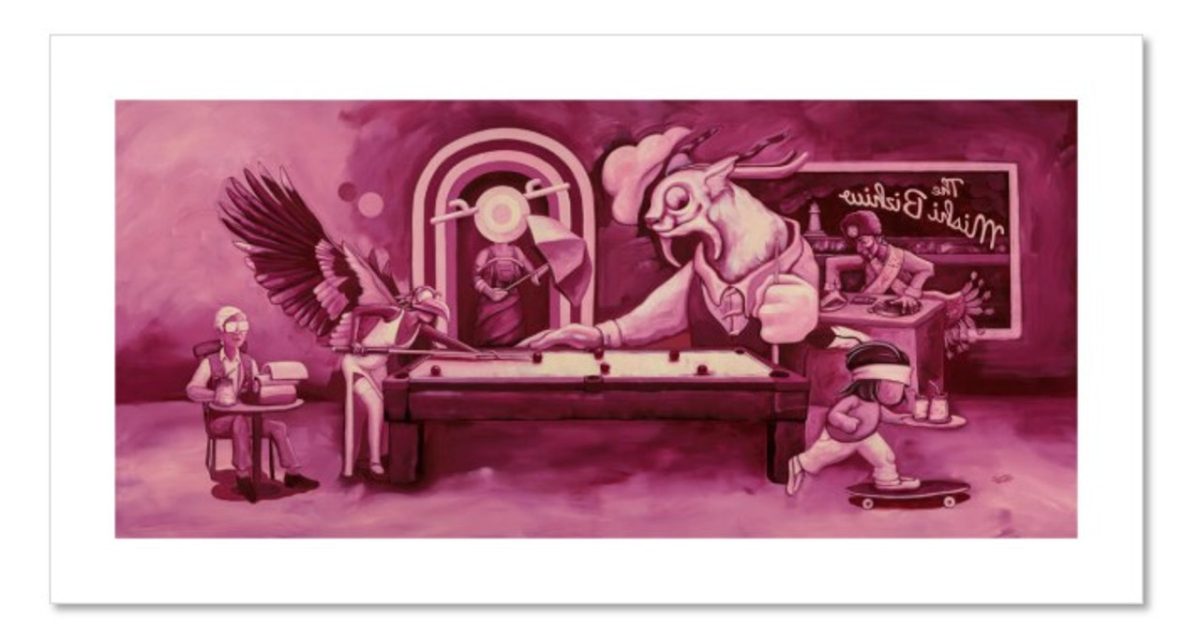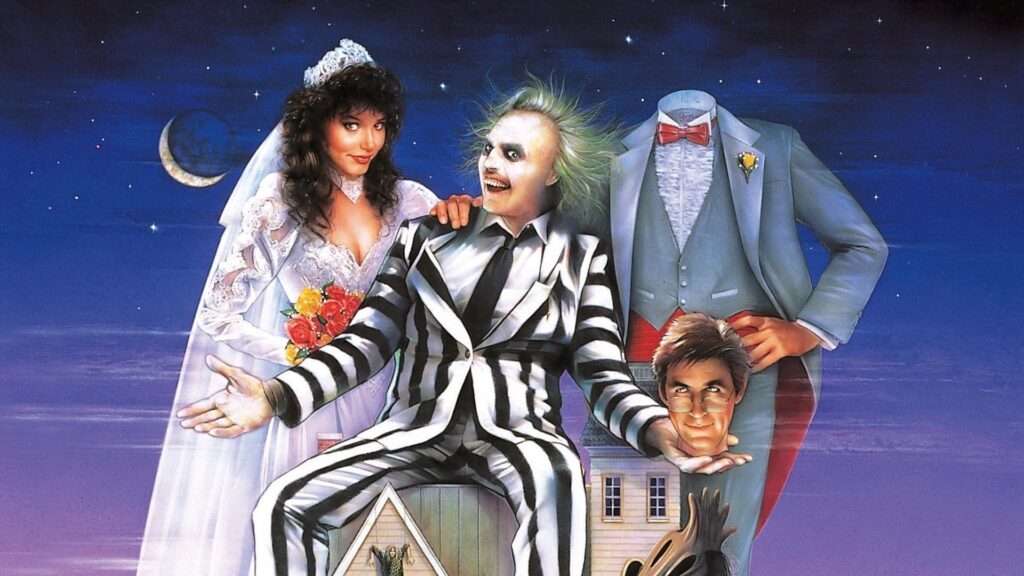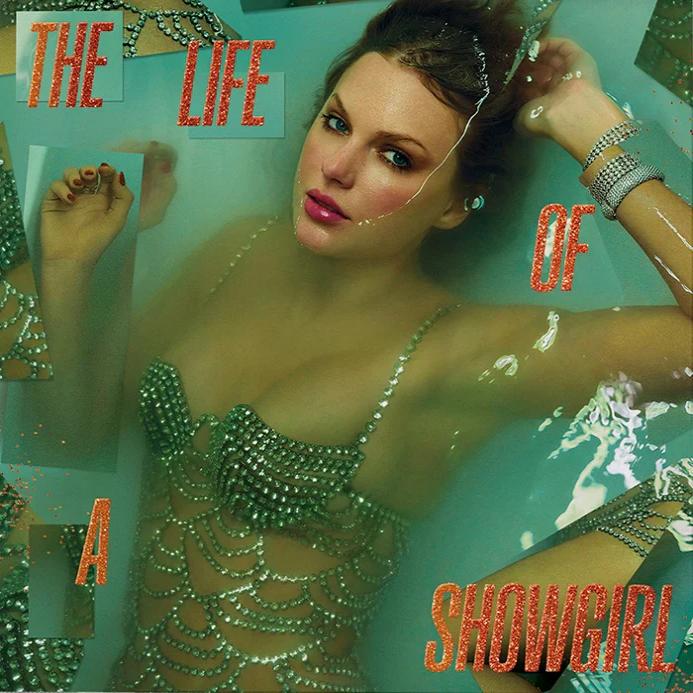In an age of instant streaming, infinite scrolling and cloud storage, it might seem strange that so many Generation Z are turning back to analog media. While tech seems to be reaching new heights with eyeglasses that capture video and self-driving cars that make the real world feel like a spy thriller, younger people are more interested in the analog.
For Gen Z, analog is not just about nostalgia. It is a creative, emotional and even political choice quietly rebelling against the convenience of the digital world.
Vinyl records have returned with a force, reshaping how young people listen to music. Listening to a record requires participation and presence. Instead of mindlessly letting a playlist of hundreds or thousands of songs shuffle, listeners must lift the needle and take the record off before choosing a new song.
Seeing the growing stack of records on a shelf forces listeners to think about what music truly matters to them. Artists have noticed, often releasing special edition vinyls with custom artwork or hidden tracks. According to the Recording Industry Association of America, record sales have grown dramatically from less than one million records sold in 2006 to 43.6 million EP and LPs sold in 2024.
Photography is another medium going through an analog revival. While smartphone cameras now rival professional cameras, Gen Z is reaching backward and opting for film or disposable cameras. A grainy, slightly blurry picture is no longer a mistake but rather the mood. Slight imperfections become marks of authenticity in a world dominated by filters and editing apps.
Instant cameras such as Polaroid have made a comeback as well, with the thrill of holding a photo in hand immediately. Disposable cameras are tossed into a bag before taking a vacation, with the anticipation of seeing the results weeks later becoming part of the experience. With limited exposures, each shot counts. Instead of instant gratification and hundreds of selfies, users must slow down and pick each shot carefully.
This return to the analog is not just about looking cool. It is a response to digital overload in a world where everything feels fleeting and flat. Between constant notifications and an endless feed that can suck a viewer in for hours, many Gen Z start feeling detached from the real world.
The analog serves as a way to ground oneself again with real, tangible items that last. There is also a deeper longing for permanence. The digital world can often feel ephemeral as files get deleted, links disappear and trends vanish overnight, while a vinyl record or printed photograph will always be there.
In truth, Gen Z’s love of the analog does not replace digital. Rather, they complement each other. It is not about choosing one or the other but rather using both intentionally. The analog renaissance is less about a longing for the past but more about redefining the present. In the blur of a digital life, slowing down to flip a record is not about regression but slowing down to create meaning in the present.








